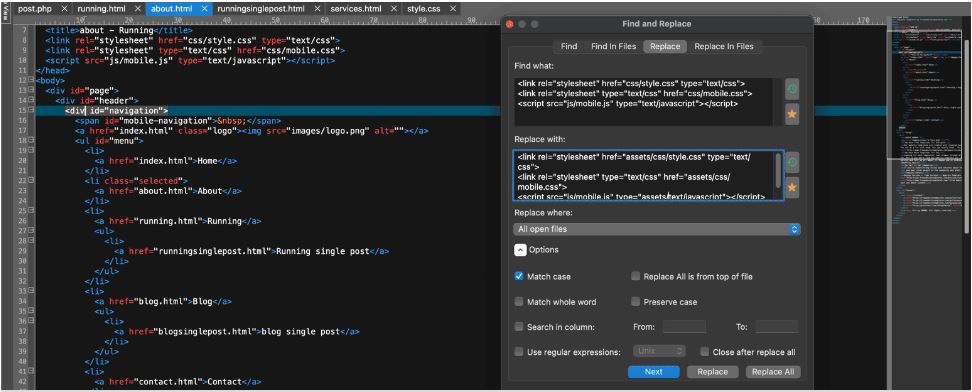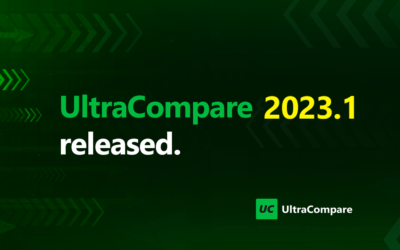If you have the luxury of editing your own work, there’s nothing better than a good text editor. There are so many good ones out there that it’s hard to pick just one. With so many choices, it’s important to know what kind of editor you need. Some people use a text editor for simple tasks like cutting and pasting. Others use it for more complex document editing, like creating an outline for a novel or writing a thesis. But what exactly is a text editor? And what are text editors used for?
Let’s find out.
What is a Text Editor?
Text editors are programs that help you write or edit text files. The program can also help you organize your files, create a simple table of contents, and make lists of symbols or abbreviations.
Some people use a text editor to create outlines for novels or essays. They may also use it to organize notes, research papers, or even small personal journals. Text editors are also used by programmers who need to write source code, teachers who need a quick way to write and organize lesson plans, and web designers who need to make lists of links.
If you are an avid writer, editor, or just love to write, you need a text editor. This is a tool that allows you to input and view your work.
What are Examples of a Text Editor?
Text editors are like Notepad and WordPad, they are text-based, not graphical, and their job is to let you write and edit text files. There are many different types of text editors, from code editors to advanced text editors like UltraEdit.
The most common ones are listed below:
Basic Text Editors
Notepad, TextEdit, and TextWrangler. These are the most basic text editors. They don’t have many additional features, but they get the job done for basic tasks like editing a document or creating a simple table of contents.
The functionality of a text editor can vary, but most of them have some basic features. They usually have an editor window where you can type in your text and a preview window that shows you what your text will look like when it’s finished.
Code Editors
Examples of code editors are UltraEdit, Vim, Emacs, Atom, Sublime Text, etc. These are more advanced software that help you edit code. Programming languages are not the only ones that can be edited with these programs, but they are the ones for which code editors are most commonly used.
A source code editor is used to edit the source code, and source code is the code that makes up a program. A source code editor lets you make changes to the code. It usually provides syntax highlighting and other advanced features for programming languages.
What are Text Editors Used for?
Text editors are very useful for many things. Here are some examples:
1. Code Editing
Programming is a very text-oriented activity. Most programming languages use some form of syntax highlighting. One advantage of syntax highlighting is that it makes it easier to make changes in a text, such as moving or deleting lines.
Suppose you are a software developer working with programming languages like C, C++, or Java. In that case, you will probably need a text editor. The feature set of a powerful editor is what you need to create and edit code.
You can also use a text editor to search for text in your code. Text editors are also useful when working with large files or projects, as you can keep all the code in one place and make changes easily.
Some software packages allow you to edit both code and data in the same program. Suppose you have both a programming language and data that needs formatting or editing. In that case, this is what your software package does best. Your favorite text editor will also be able to work with these types of programs. This is also known as an integrated development environment (IDE). These programs often have extra features more than just coding and editing; they often include advanced features like documentation writing tools and build tools.
A plain text file is among other file types that a command-line editor can work with. Some text editors can work with images, presentations, spreadsheets, and other files. Command-line text editors can also be used for certain tasks.
2. Spell Checking
A spell checker aims to identify and correct mistakes in your current file. A simple built-in tool is the most common way to run a spell checker. But you can also download and install an external one, such as the one in Microsoft Word.
A text editor software with a spell checker can be helpful for many reasons. This feature can be handy for students since it can help them correct their mistakes in the final draft of their paper.
3. Formatting
You can use text editors for formatting. For example, you can use a text editor to change the font, color, and text size. You can also use a text editor to create tables, a list of commands, and graphics. A graphical text editor is especially useful for creating diagrams and illustrations.
4. Collaborative Editing
You can use a text editor in a collaborative environment. For example, two people can work on the same current document simultaneously. One person can make changes, and the other can check the changes and make any necessary corrections. This function is especially useful in editing environments when working on a project with a team.
Why should I Use a Text Editor?
There are a lot of benefits to using a text editor instead of a more complicated program. Some of the benefits include:
1. Smaller Size
When you use a more complicated program, you will have to pay for the features you don’t need. If you have to pay for every feature, it can get costly. A text editor with plenty of features can work with many different applications, but it’s much larger than many other applications out there.
A clean interface can be a great thing. You don’t have to spend hours learning the ins and outs of using a program. The user interface of a text editor is also pretty easy to learn. Often, you can learn how to use a text editor within a few minutes. This clean interface will work for most people, and many people often use it.
2. A Text Editor is Portable
Aside from an easy-to-understand user interface, a text editor can be run on almost any operating system. From Mac to Windows, the functionality of the text editor is almost always the same. The choice of the operating system you’re using doesn’t affect the text editor.
3. Programming Language Support
You can use a powerful text editor to write code in various programming languages. Even a basic text editor can do the job. There are text editors that work with Java, JavaScript, PHP, and Python.
4. Code Navigation
This special feature is for people who have a lot of code to look at. Source code editors let you navigate between lines of code, and this is helpful when you’re trying to find a specific line of code or to get to the bottom of a big chunk of code.
As mentioned, source code editors also give you syntax highlighting for programming languages. Additionally, an editor with syntax highlighting lets you use color-coding to help you understand the syntax of a particular scripting language.
5. Customizable Interface
A customizable text editor lets you change the look and feel of your work. For example, you can change the text’s font, color, and size. Usually, you can also add or remove buttons and menus.
When you want to make a list of text editor functions, it’s important to think about what it can and can’t do. A text editor can’t create graphics or photos, for example. However, it can help you edit text, create lists and tables, edit codes, and many more. Computing and software professionals love text editors because they’re versatile and can handle many different tasks.
UltraEdit makes your life a lot easier by being a comprehensive text editor. Your options are endless; download UltraEdit today!






0 Comments